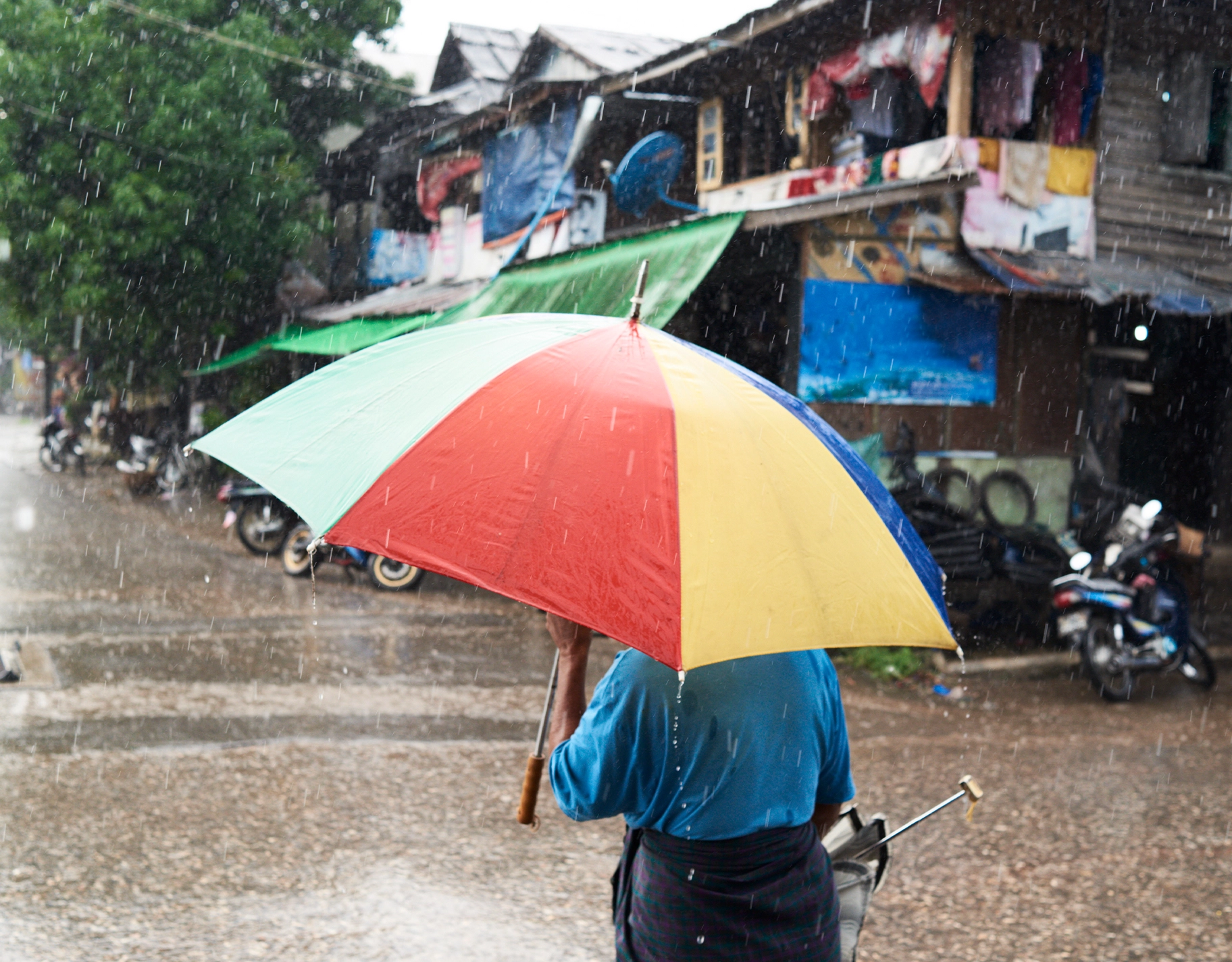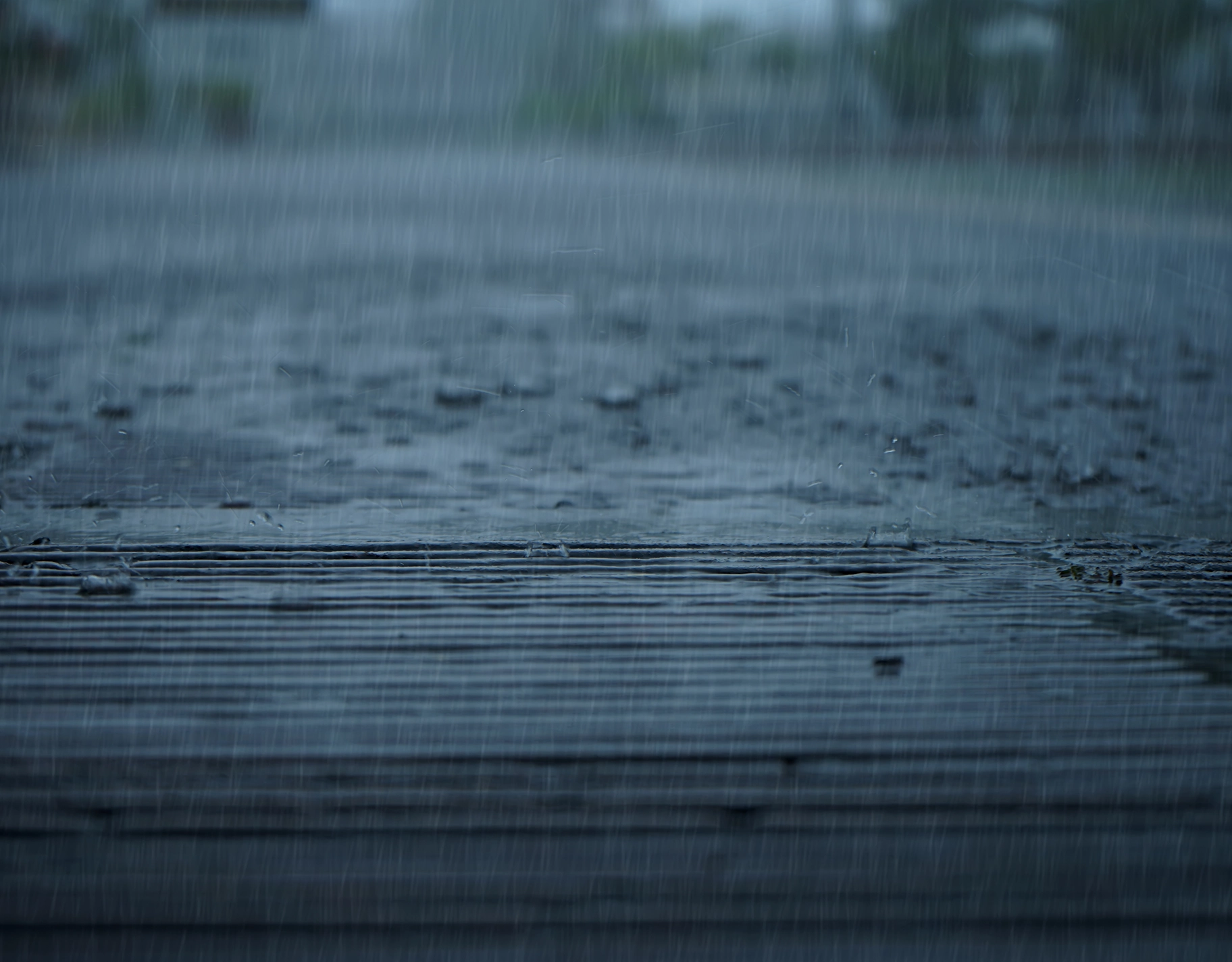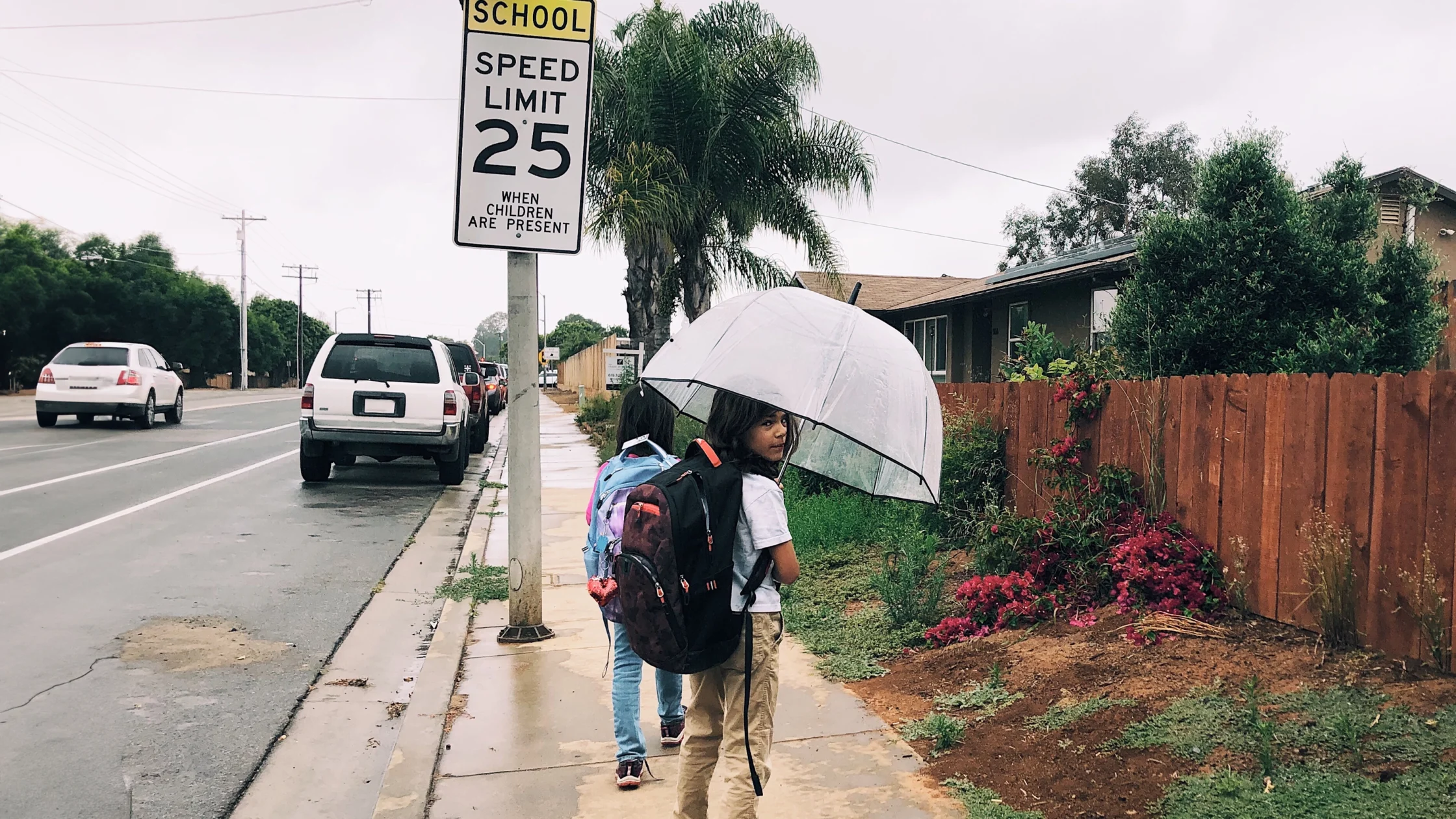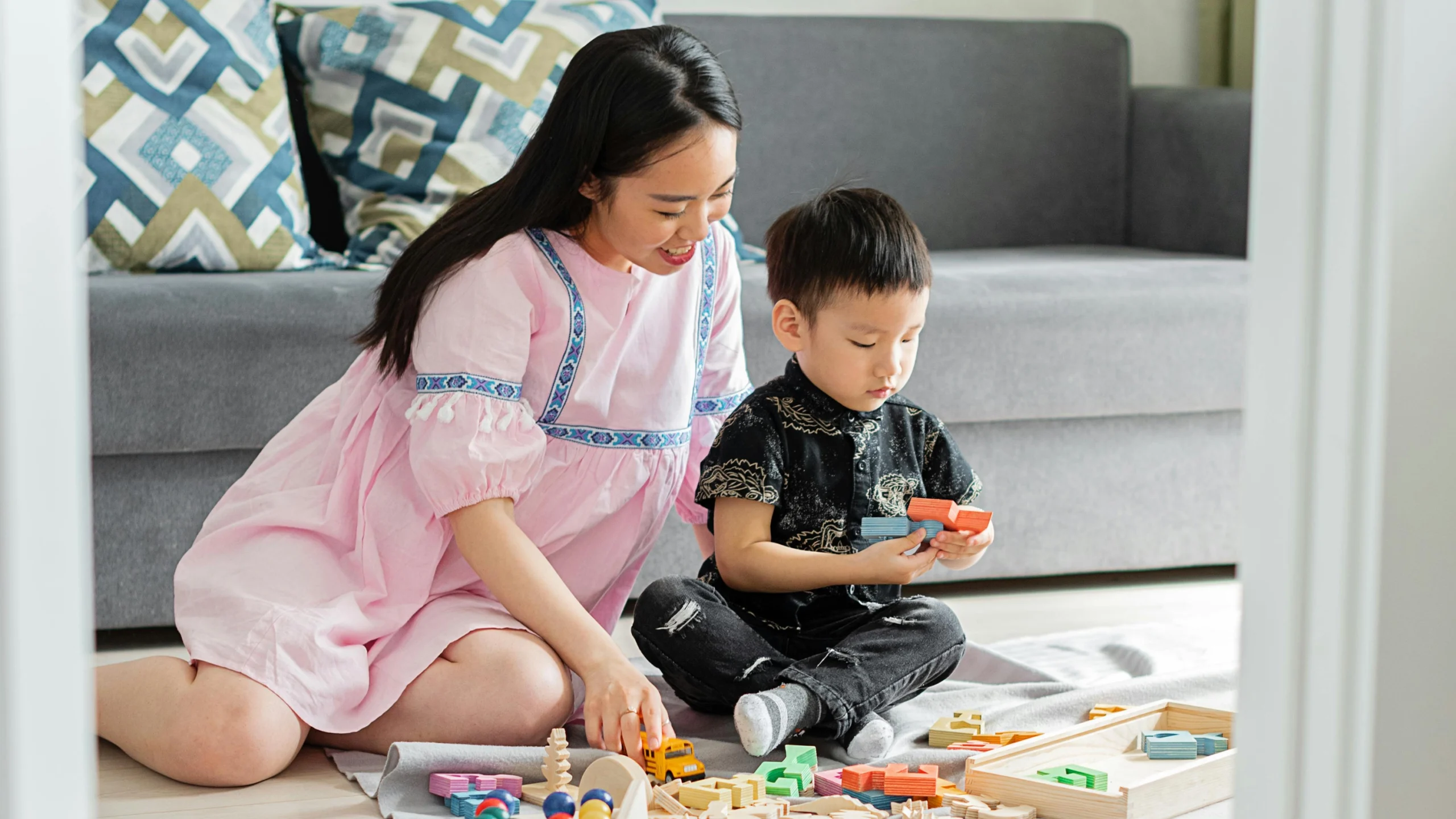Classrooms After Chaos: How Schools and Parents Can Work Together to Support Kids Post-Typhoon
With the many typhoons, here’s how parents and schools can work together to support kids post-typhoon
When the winds have quieted and the floodwaters have gone, the real rebuilding begins. But it’s not just the classrooms—confidence, too. After classes have been cut, seeing circulating images of destroyed cities and homes, and hearing stories of death, life can sound terrible and scary. Although there’s a calm (for now), there are opportunities to teach, rebuild, and prepare.
Here’s how parents, teachers, and communities can turn recovery into a shared classroom of compassion.

Ways Parents and Schools Can Support Kids Post Typhoon
1. Create Safe Spaces for Expression
“Safe spaces” don’t always mean talking about it. In school, teachers can turn it into an art class or a writing class where they express their thoughts. If it’s a math class, maybe they can do a pros and cons list. Write down the many things they’ve lost, but also the things they have, and maybe can share. By putting things into perspective, kids can better navigate crises.
2. Check on the teachers, too!
Teachers are our kids’ second parents, and they need some care too. After Typhoon Tino ravaged Cebu, some ESL (English as a Second Language) teachers posted a message for English-teaching agencies to allow their tutors some reprieve. With no internet and electricity, they can’t teach their students.
By taking care of our teachers, we indirectly take care of our kids. We expand the village that will look after them, too.
3. Turn Rebuilding into Learning
Many schools in Negros Occidental, Palawan, and beyond have classrooms with damp walls and missing chairs — yet lessons continue. Parents and kids can volunteer in cleanup drives or recycling efforts, turning restoration into a living lesson about teamwork, hope, and environmental care.
4. Support Psychosocial Programs
Whether through storytelling sessions, play therapy, or guided journaling, psychosocial support helps kids process trauma in gentle ways. Parents can coordinate with local NGOs or the school guidance office to make these sessions part of the new routine. Healing isn’t linear, but it’s stronger when done together.
5. Rebuild with a Sense of Purpose
As families and educators rebuild learning spaces, remember that the goal isn’t just to restore what was lost — it’s to create something more resilient. Collaborate with schools to hold workshops and projects that will help communities rebuild and prepare for other disasters.
Because every repaired chair, repainted wall, and replanted tree is also a promise: that no storm can wash away a child’s right to learn and dream.

Turning an aftermath into a new beginning
Every Filipino has experienced a strong typhoon at least once, but the damage they leave behind is something families will never get used to. It’s not normal; rebuilding life over and over again can be exhausting, especially for those who are constantly hit by every natural occurrence. While we can’t stop these from happening, we can help kids and other families build a stronger foundation for them.
Because when we do, it’s also an investment in our kids’ future—one where destruction isn’t the end of all things, but the beginning of something better and stronger.
Frequently Asked Questions (FAQs)
Keep communication open. Let them share their stories, listen without judgment, and reassure them that their feelings are valid and safe to express. Share with them other ways to express their feelings like drawings or imaginary play.
Schools can do typhoon-centric lesson plans for the day. Like for Science, they can talk about the rain cycle and how it’s normal. English can be writing a short story or essay about the typhoon. Home Economics can have a soup kitchen for those who don’t have food. There are so many things to do!
Start small. Visit the school together before classes resume, talk to teachers, and remind them that their safety is being prioritized. Gradual reintroduction helps reduce fear.
Regular updates — through chats, parent meetings, or group messages — keep everyone aligned. Shared empathy and consistent communication build trust and continuity.
Because school offers more than academics — it restores structure, community, and hope. For many kids, stepping back into the classroom means reclaiming a sense of normalcy and belonging.
More about typhoons and resilience?
Parent’s Guide to Typhoon Signals in the Philippines
How to Keep Your Family Safe During a Super Typhoon
How to Help the Typhoon Tino Victims in Cebu & Palawan









